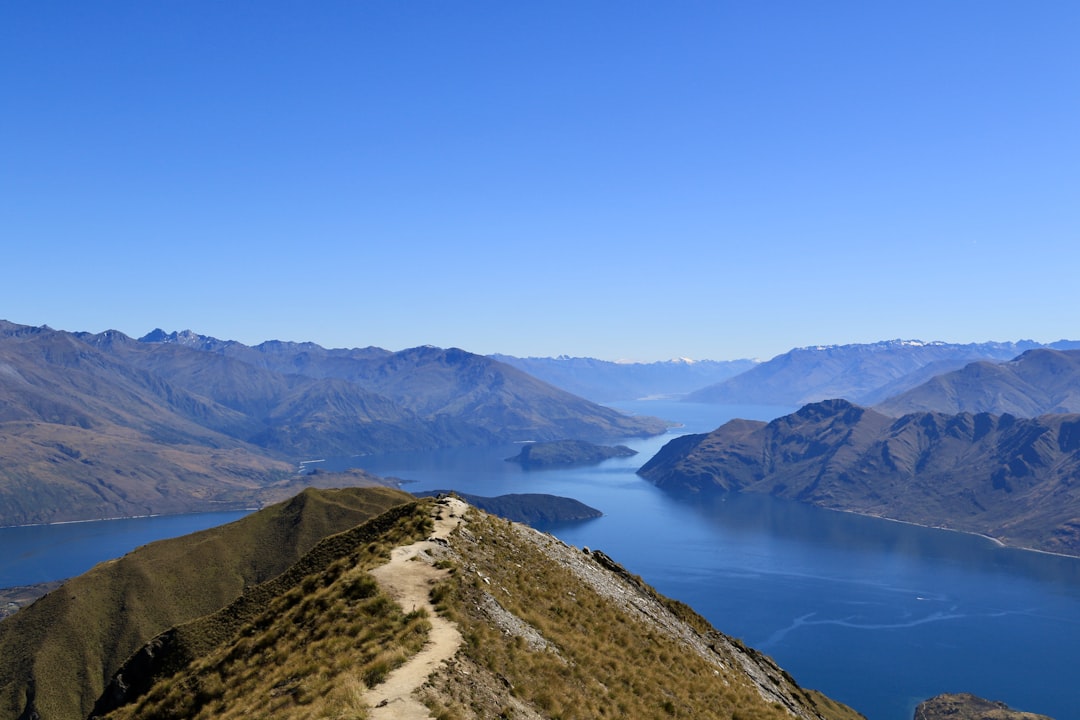What is it about?
This paper describes the experiences of a group who set up and ran seven innovative aquaculture systems (IMTA) across Europe. We spoke with seven businesses from six countries (Cyprus, Ireland, Italy, Israel, Norway and Scotland). We found three experiences they shared: 1) no process for site permits and the time delay this caused; 2) environmental issues such as storms; and 3) difficulties with drying and storing seaweed. We also spotted three common lessons learned: 1) using local fish, shellfish and seaweeds is very important; 2) simple IMTA systems are best; 3) the best way to learn is to do it.
Featured Image
Why is it important?
This paper is important because it provides some guidance to others who wish to use this innovative aquaculture system.
Perspectives
IMTA is an increasingly researched form of aquaculture, largely because of the suggestion that it can reduce the environmental impact of traditional finfish culture. Indeed, research in this area is the focus of a new research project being undertaken by the University of Tasmania in Australia. Lessons learnt from the experience in Europe (and in Canada - another key site of research) should provide the basis for further work in other regions. As a co-investigator in the Tasmanian research, I shall certainly be ensuring that is the case here.
Dr Karen A Alexander
University of Tasmania
Read the Original
This page is a summary of: A problem shared: Technology transfer and development in European integrated multi-trophic aquaculture (IMTA), Aquaculture, April 2017, Elsevier,
DOI: 10.1016/j.aquaculture.2017.01.029.
You can read the full text:
Contributors
The following have contributed to this page










